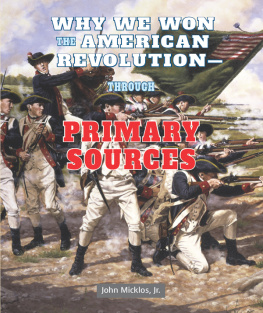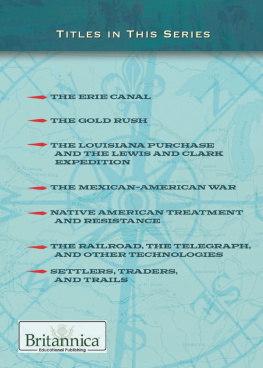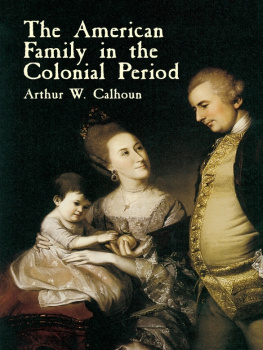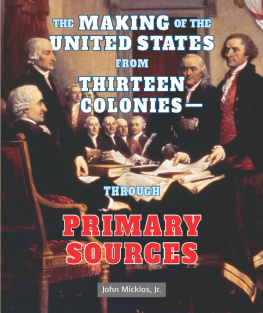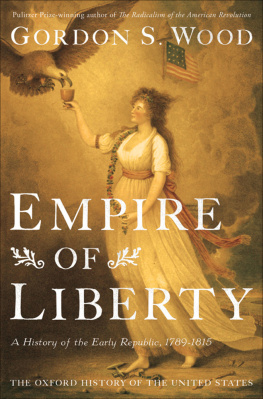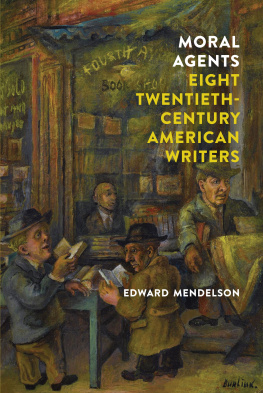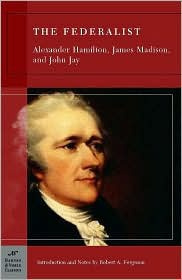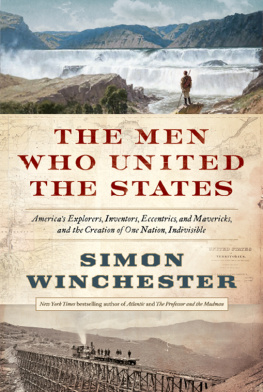Table of Contents
James Bernard
T iTles in T his s eries
The Colony of New York
The Dutch Colony of New Netherland
The First Peoples of New York
The Government of New York
Leaders in Colonial New York
Leaders of New Yorks Industrial Growth
New York in the American Revolution
New York in the New Nation
New Yorks Economic Growth
New Yorks Erie Canal
New Yorks European Explorers
New Yorks Land and Natural Resources
The Peoples and Cultures of New York
Strengthening Democracy in New York State
ISBN 978-1-4777-7318-5
New York in the
New Nation
New York in the
New Nation
New York in the
New Nation
New York in the New Nation James Bernard ROSEN / PowerKids Press
New York
New York in the
New Nation
James Bernard
Published in 2015 by The Rosen Publishing Group, Inc.
29 East 21st Street, New York, NY 10010
Copyright 2015 by The Rosen Publishing Group, Inc.
All rights reserved. No part of this book may be reproduced in any form without
permission in writing from the publisher, except by a reviewer.
Book Design: Chris Brand
Photo Credits: Cover Interim Archives/Archive Photos/Getty Images; pp. 5,
17 (both), 19 (inset), 21 (both) Bettman/Corbis; p. 7 (inset) Hulton/Archive;
pp. 7, 19 New York State Archives; p. 9 Fotosearch/Stringer/Archive Photos/
Getty Images; p. 11 (inset) Ben Hider/Getty Images Entertainment/Getty Images;
p. 11 Stock Montage/Archive Photos/Getty Images; p. 13 (top) New York Public
Library; p. 13 (bottom) Library of Congress Prints and Photographs Division
Washington, D.C.; p. 15 (inset) Universal History Archive/Universal Images Group/
Getty Images; p. 15 DEA Picture Library/De Agostini/Getty Images.
Library of Congress Cataloging-in-Publication Data
Bernard, James.
New York in the new nation / by James Bernard.
p. cm. (Spotlight on New York)
Includes index.
ISBN 978-1-4777-7343-7 (pbk.)
ISBN 978-1-4777-7282-9 (6-pack)
ISBN 978-1-4777-7318-5 (library binding)
1. New York (State)History17751865Juvenile literature. I. Bernard, James. II.
Title.
F122.B47 2015
974.7d23
Manufactured in the United States of America
CPSIA Compliance Information: Batch #WS15RC: For further information contact Rosen Publishing, New York, New York at 1-800-237-9932.
Contents
The American Revolution ................
The First Constitution ...................
New York State and the US Constitution ....
The Federal Capital and the State Capital ...
A Growing State ......................
The Bank of New York ..................
The Invention of the Steamboat ..........
Americas First National Waterway ........
The Knickerbocker Group ...............
Diversity in New York ..................
Glossary .............................
Index ...............................
Primary Source List ....................
Websites ............................. 24
From 1664 to 1776, New York was a British colony . By
the 1770s, some colonists wanted to be free from English rule.
They called themselves
patriots . Other colonists stayed loyal
to Britains king. They were called
loyalists . Sometimes there
were patriots and loyalists in the same family, which caused
many disagreements and sometimes violence.
On April 23, 1775, a messenger arrived in New
York City. He brought news from Boston that the patriots
and the British had fought at Lexington and Concord, in
Massachusetts. The
American Revolution had begun! The
colonists were ghting for their
independence from Great
Britain. On July 4, 1776, the Declaration of Independence was
signed. Leaders in New York approved it ve days later, on
July 9. The British colonies had become independent states.
The British captured New York City soon after the
Declaration of Independence was signed and controlled it
for the next seven years. The Continental Army built a line
of forts along the Hudson River to prevent the British from
moving north. These forts helped keep the British from
capturing the rest of New York.
The American
Revolution
The Declaration of Independence was read aloud to the public for the
rst time in New York City. The reading took place in the citys Commons,
todays City Hall Park.
On July 10, 1776, a convention of New York patriots
met in White Plains, New York, to establish a
government
to replace the pro-British New York Assembly. After
numerous meetings in various places, the delegates
adopted New Yorks rst constitution in Kingston, New
York, on April 20, 1777.
The constitution created a legislative, or lawmaking,
branch made up of two separate bodies, one called an
assembly and one called a senate. On July 30, 1777, George
Clinton became the rst
governor of New York. Clinton
had been a general in the New York militia and the
Continental Army.
In September 1783, the Treaty of Paris was signed,
ending the American Revolution. The colonies won their
independence from Great Britain. The new nation needed
a government. Patriot leaders from the thirteen rebellious
colonies created the Articles of Confederation, which was
the nations constitution from 1781 to 1789. The thirteen
independent states became the United States.
The First Constitution
The image in the back is New Yorks rst state constitution. Along with
the Articles of Confederation, seen in the inset, the state constitution
helped establish law and order in New York State.
Under the Articles of Confederation, the United States
did not have a strong national government. It was hard to
run a country without one, though. In 1786,
delegates
from ve states met in Annapolis, Maryland, to discuss this
problem. New York sent two delegates, Alexander Hamilton
and Egbert Benson. The delegates decided that the Articles
of Confederation needed to be changed.
In May 1787, delegates gathered in Philadelphia
for a meeting called the Constitutional Convention. This
time New York sent three delegates. Instead of changing
the Articles of Confederation, the delegates wrote the US
Constitution, a new set of rules by which the country would
be governed. Nine states had to
ratify the Constitution for it
to take effect.
New Yorkers Alexander Hamilton and John Jay and
Virginian James Madison wrote 85 essays promoting the
ratication of the Constitution. The essays, most of which
were published
anonymously in New York newspapers, are
now called the Federalist Papers. After much debate and a
close vote, New York became the eleventh state to ratify the
Constitution on July 26, 1788. Though the Constitution had
become law by then, New Yorks support was seen as key to


